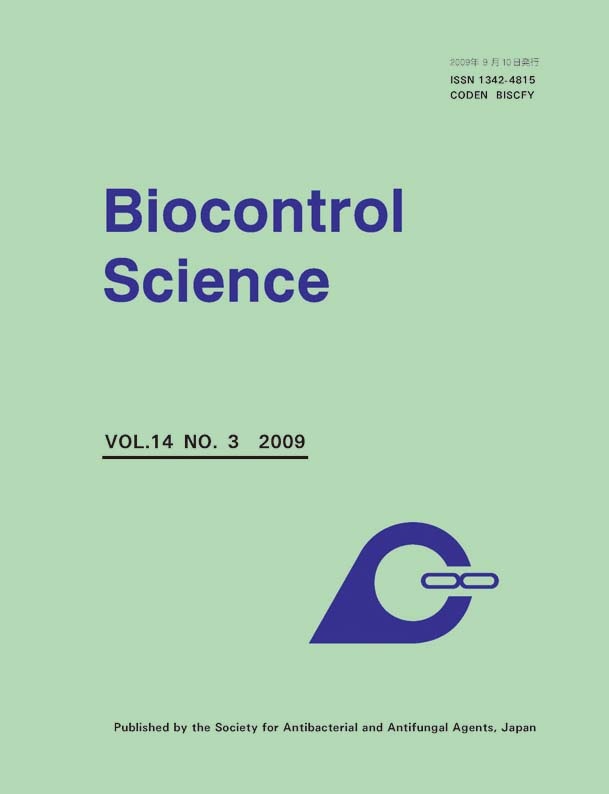14 巻, 3 号
選択された号の論文の8件中1~8を表示しています
- |<
- <
- 1
- >
- >|
Original papers
-
2009 年 14 巻 3 号 p. 87-95
発行日: 2009年
公開日: 2010/01/26
PDF形式でダウンロード (1334K) -
2009 年 14 巻 3 号 p. 97-105
発行日: 2009年
公開日: 2010/01/26
PDF形式でダウンロード (620K)
Note
-
2009 年 14 巻 3 号 p. 107-111
発行日: 2009年
公開日: 2010/01/26
PDF形式でダウンロード (513K) -
2009 年 14 巻 3 号 p. 113-118
発行日: 2009年
公開日: 2010/01/26
PDF形式でダウンロード (174K) -
2009 年 14 巻 3 号 p. 119-122
発行日: 2009年
公開日: 2010/01/26
PDF形式でダウンロード (137K) -
2009 年 14 巻 3 号 p. 123-126
発行日: 2009年
公開日: 2010/01/26
PDF形式でダウンロード (387K) -
2009 年 14 巻 3 号 p. 127-131
発行日: 2009年
公開日: 2010/01/26
PDF形式でダウンロード (615K) -
2009 年 14 巻 3 号 p. 133-138
発行日: 2009年
公開日: 2010/01/26
PDF形式でダウンロード (935K)
- |<
- <
- 1
- >
- >|
